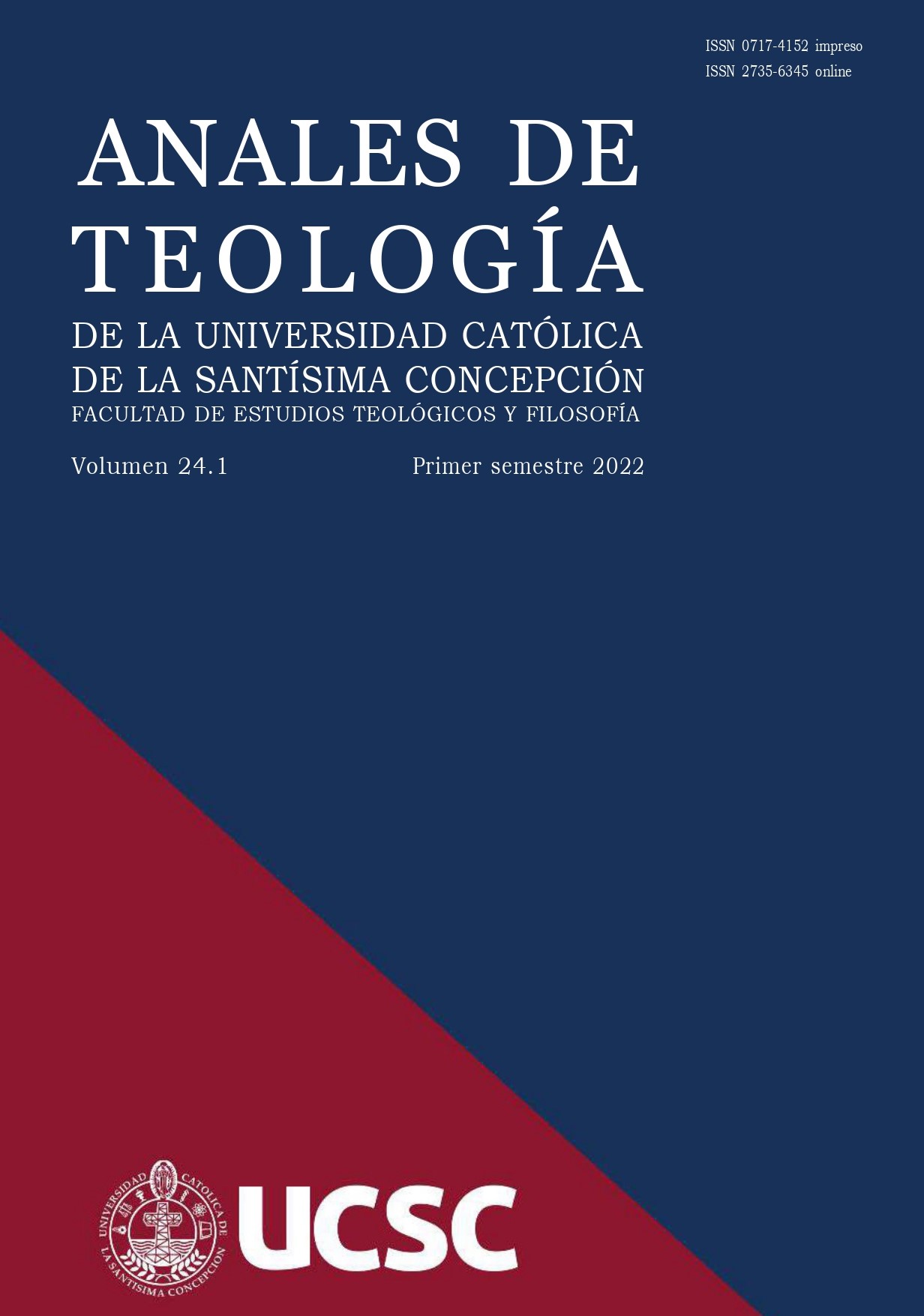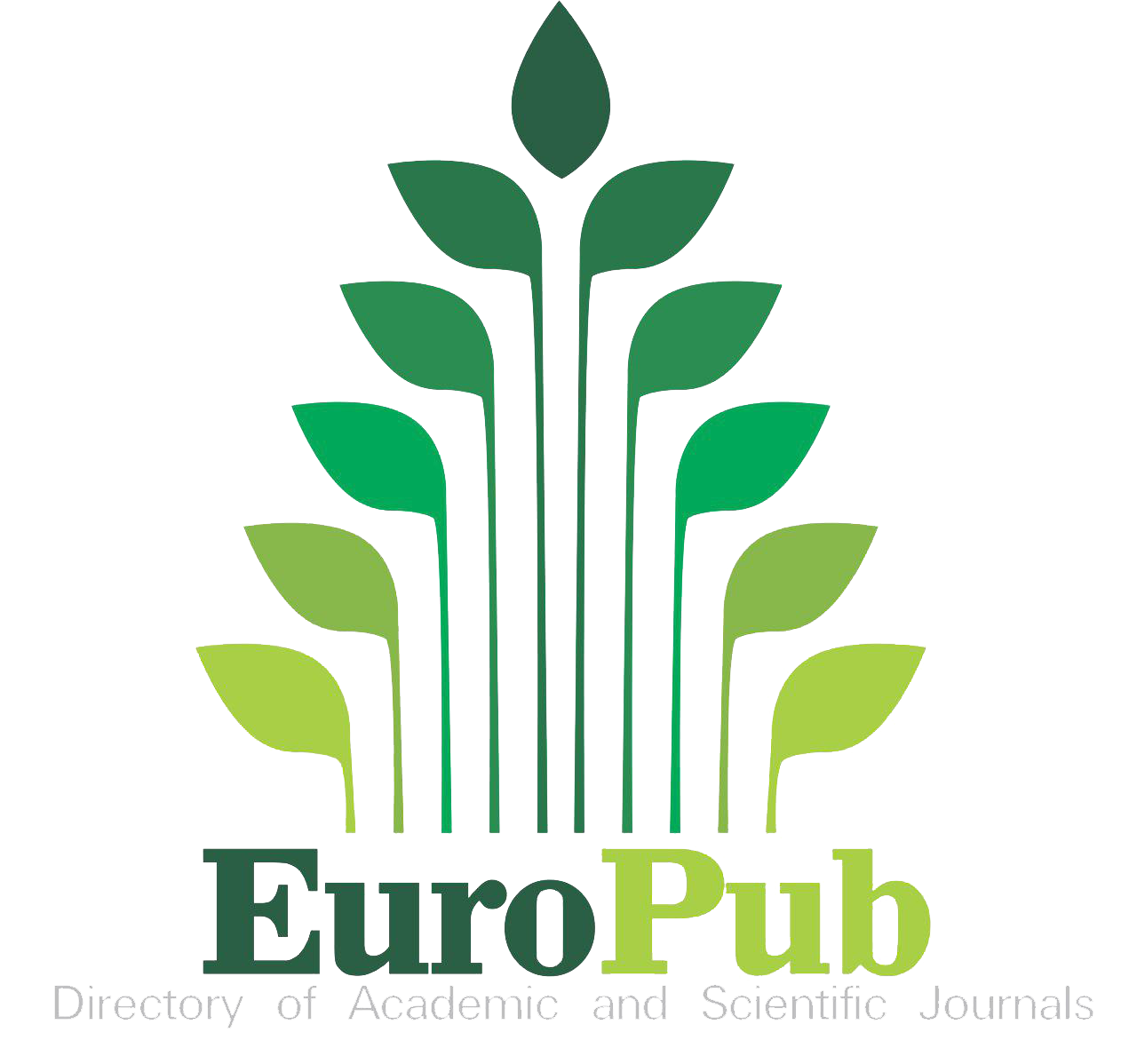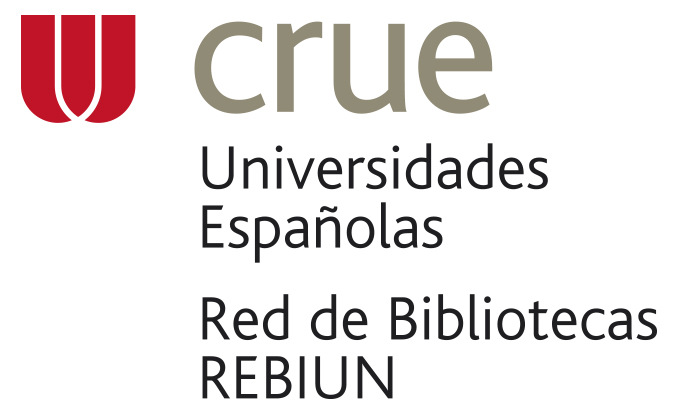¿Dos naturalezas en la persona de Cristo?” Análisis del concepto de ’´unidad (ενωσις) en la obra “¿Por qué Cristo es uno?” de Cirilo de Alejandría
DOI:
https://doi.org/10.21703/2735-634520192121803Palavras-chave:
Unidad (ενωσις), Cirilo de Alejandría, Naturaleza, hipóstasis, CristoResumo
El presente artículo tiene como objetivo analizar y explicar el concepto de unidad (ενωσις) de las naturalezas humana y divina en la persona de Cristo, en Cirilo de Alejandría a partir de un estudio de su obra “¿Por qué Cristo es uno?” (378-444). El trabajo se centrará en el concepto de unidad (ενωσις) que utiliza san Cirilo para referirse a la unión hipostática de las dos naturalezas de Cristo: la divina y la humana. Para lograr lo anterior, esta exposición se desplegará en tres capítulos que darán respuesta a la pregunta metódica que guía la investigación. En un primer apartado se abordará la vida y obra del autor, como una manera de llegar a comprender las escuelas, pensamientos y doctrina que influyen en el contexto en que el autor plantea la obra dentro de la cual se encuentra la énosis (ενωσις) cristológica. Para luego, en un segundo apartado abordar un análisis del concepto de unidad en la persona de Cristo a partir de la obra ya mencionada. Finalmente, se realizará un análisis de las principales imágenes que utiliza Cirilo de Alejandría para explicar la unidad (ενωσις).
Downloads
Referências
Artemi, E., “Cyril of Alexandria’s critique of the term Theotokos by Nestorius Constantinople”. Acta theologica 32/2 (2012) 1 -16.
_________, “The rejection of the term Theotokos by Nestorius Constantinople and the refutation of his teaching by Cyril of Alexandria”, De Medio Aevo 2/2 (2012) 125- 146
Camelot, P. Th., Éfeso y Calcedonia, Eset, Vitoria 1962.
Cirilo de Alej andría, ¿Por qué Cristo es uno?, Ciudad Nueva, Madrid 1991.
Gavrilyuk, P., “Theopatheia; Nestorius’s main charge against Cyril of Alexandria”. Scottish Journal of Theology 56/2 (2003) 190-207.
Hasberg, M., “The Cristology of St. Cyril of Alexandria and the representation of Cyrilline Christology in the Chalcedonian definition”, Partial fulfillment of real (516) Patristic Christology. Yale University, Yale Divinity School, 2016.
McGuckin, J., St. Cyril of Alexandría the Christological controversy, its history, theology, and texts, Brill, Leiden- New York 1994.
Soto- Hay, F., “El concilio ecuménico de Éfeso”, Anámnesis 16/31 (2006), 1-55.
Wilken, R., “Exegesis and the history of theology: Reflections on the Adam- Christ typology in Cyril of Alexandria”, Church History 35/2 (1996) 139-156.
Downloads
Publicado
Edição
Seção
Licença

Este trabalho está licenciado sob uma licença Creative Commons Attribution-NonCommercial 4.0 International License.
The Anales de Teología is an open access journal and does not charge for publication. In addition, it regulates its Copyright and access policy according to the Creative Commons Attribution-NonCommercial 4.0 International Public License (CC BY-NC 4.0), therefore sharing (reproducing and distributing the material in any medium or format) and adaptation (modifying, transforming, and creating from the material) is allowed as long as proper credit is given and the citation is included with the corresponding data. Moreover, it is not allowed to use the material for commercial purposes.




















